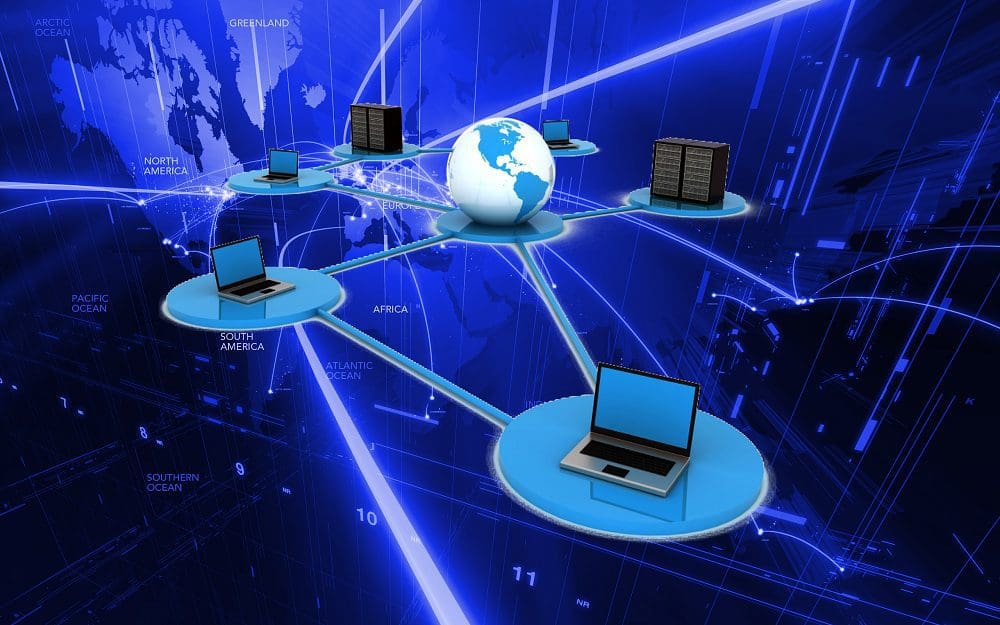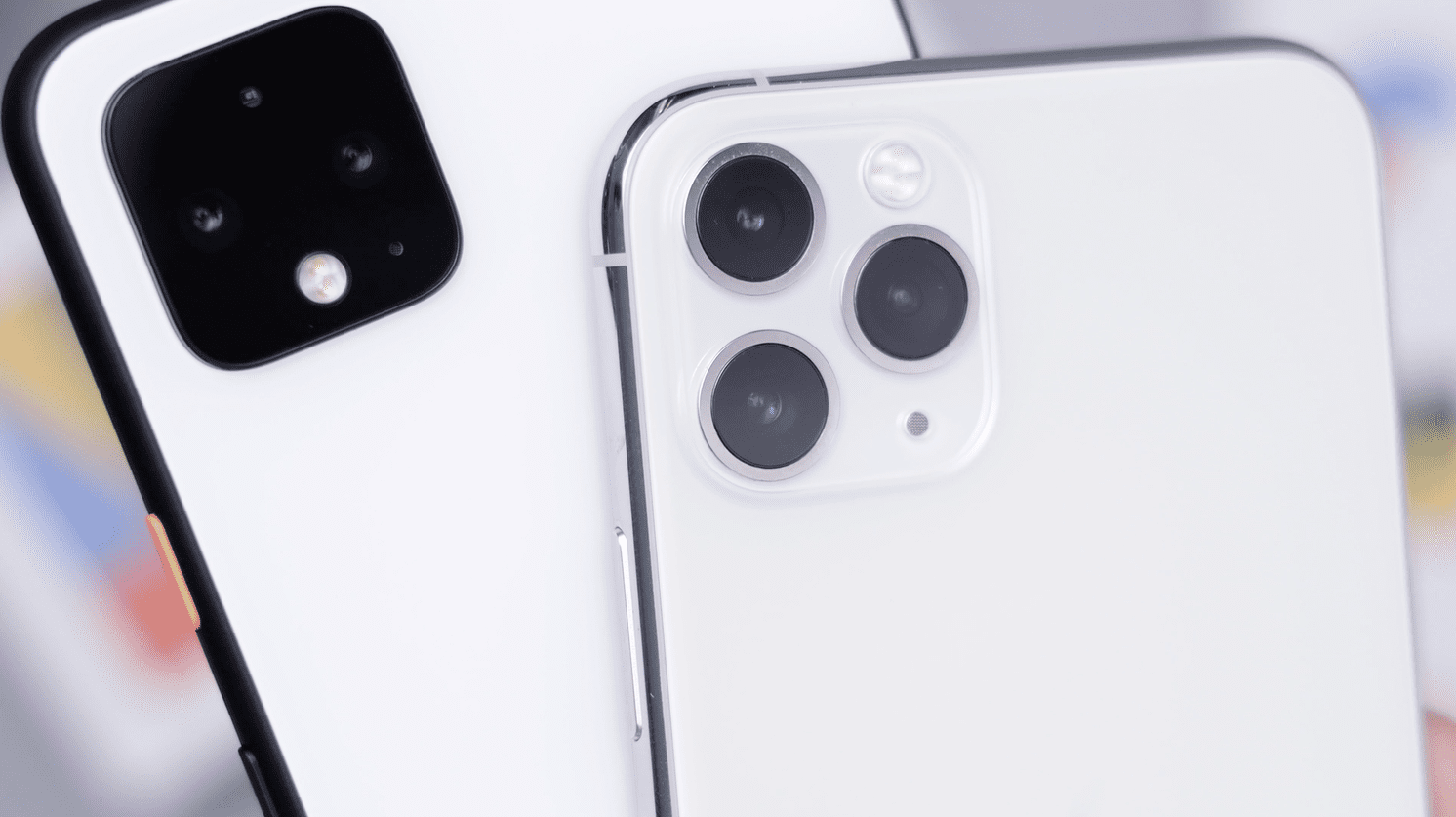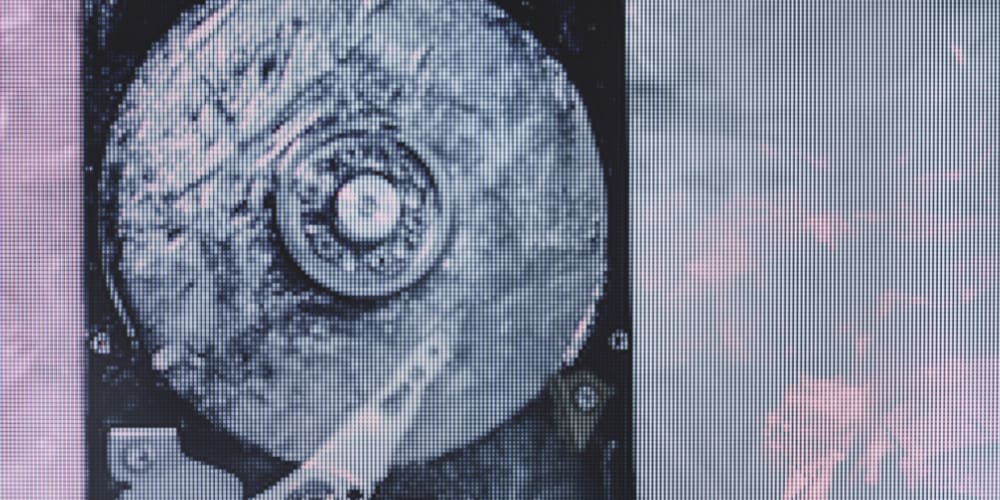To be able to get multiple devices to be able to communicate with each other reliably, it’s essential to have standards. While it shouldn’t be too hard to make one standard, realistically, you need more than that. To have multiple standards that can work together, it’s important to have a well-understood framework so vital roles can be filled by targeted standards.
The OSI model is a framework that describes a set of seven communication layers needed for applications to be able to communicate with other devices over a network connection. Critically, this model isn’t based on any standard, meaning it doesn’t necessarily age or need replacing as protocols are made obsolete.
Despite this, other models that have variations on the same topic have been published, some of which are essentially, unofficially, integrated into the OSI model. A number of the other models simplify some of the layers in a manner that better reflects the currently used protocols such as TCP/IP.
The layers are split into two groups: the media and host layers. Media layers relate to the actual transmission of data over a connection to the destination. The host layers relate to the data that needs to be transmitted and how to format it. The media layers are Physical, Datalink, and Network. The host layers are Transport, Session, Presentation, and Application. The layers are numbered one through seven, respectively. Each layer only directly interacts with the layer below it while providing facilities for use for the layer above to interact.

Contents
Layer 1: Physical layer
The physical layer is responsible for the transmission and reception of data between two devices. It converts the digital bits that make up the data into the signals used by the respective transport medium. There is no specified medium, so electrical, optical, or radio signals can be used. Theoretically, it’s not even limited to those: audio, flags or any other method of transferring data could be used.
It’s up to specific protocols to define the exact characteristics of what constitutes a binary 1 or 0 on the physical layer. It’s also up to particular protocols to determine the transfer medium. For physical connectors, this can include the number, position, and shape of electrical pins and how they connect from one device to another. Examples of protocols that cover the physical layer are Bluetooth, Ethernet, and USB.
Layer 2: Data Link Layer
The data link layer provides a structure for two directly connected devices. These devices will be on the same network and collision domain. The factor of collision domain means that this layer is decoded and used by network switches but not network hubs. It is designed to establish and terminate connections between two connected devices and to detect and, where possible correct errors on the physical layer.
This layer has been described as two sublayers in the IEEE 802 model. The Medium Access Control (MAC) and Logical Link Control (LLC) layers. The MAC layer is responsible for controlling how devices gain access to a transmission medium and permission to transmit data. The LLC layer encapsulates network layer protocols and provides error checking and frame order.
Ethernet, Wi-Fi, and Bluetooth are all examples of protocols that cover the data link layer. The MAC address of your computer’s network interfaces is associated with the data link layer.
Layer 3: Network Layer
The network layer provides functionality for transmitting packets between networks. The network layer provides a destination address for a network packet. Still, it doesn’t define how to get there, leaving that down to the network. An IP address is an example of a network layer address. Message delivery is not guaranteed to be reliable at the network layer. However, network layer protocols can implement methods for reliable message delivery.
Layer 4: Transport Layer
The transport layer builds the actual data sequence to be transmitted. It constructs data in formats that allow it to fit within a connection link’s Maximum Transmission Unit (MTU). The MTU is a packet’s maximum number of bytes, including all headers. If a packet is too large, it segments it into multiple packets to be transmitted in sequence.
The transport layer can optionally control the reliability of a link between the source and destination across the full link as if it were a single direct connection. Some transport protocols, such as UDP, don’t apply reliability methods. In contrast, others like TCP have the functionality to detect errors and retransmit dropped packets.
Layers 5, 6, and 7: Session, Presentation, and Application layers
Layers 5, 6, and 7 are generally grouped in more modern communication models, being wound up together in the Internet Protocol Suite as the “Application” layer. In the OSI model, the session layer sets up, controls, and tears down the connections between two or more computers, which maps roughly to authentication processes.
The presentation layer encapsulates and deencapsulates data. This can be as simple as formatting data as XML but also include encryption/decryption with TLS. The application layer refers to the actual applications and the network traffic they generate, such as HTTP and FTP.
Conclusion
The OSI model is a conceptual model that describes a standard framework of telecommunication systems. It doesn’t specifically rely on any protocol helping it avoid obsolescence. As newer protocols have been developed, some of the layers it defines have been grouped into more modern models.
This is particularly noticeable for layers 5, 6, and 7, which are generally tricky to distinguish and define with modern software. Other layers are easier to explain, but some protocols don’t necessarily neatly fit into one category. While it isn’t perfect, the OSI model helps understand the complexity and layers of protocols and systems in internet communications.


